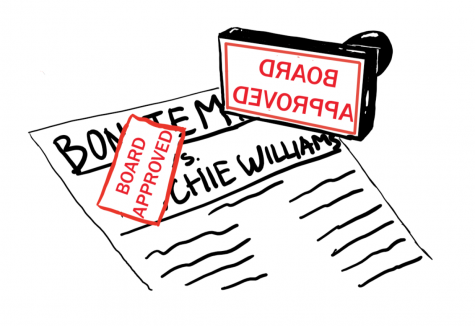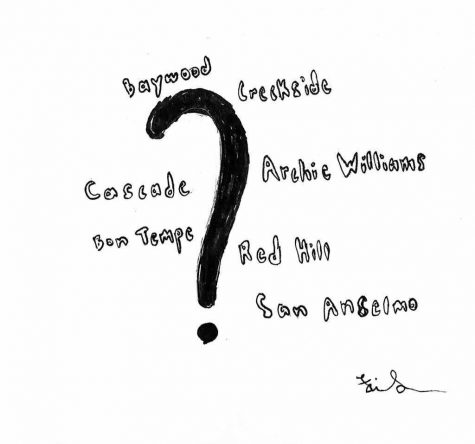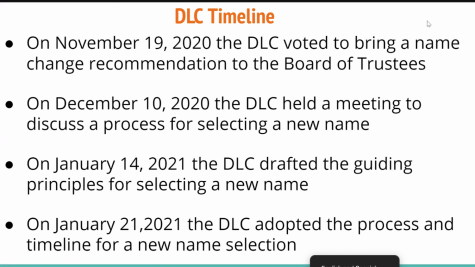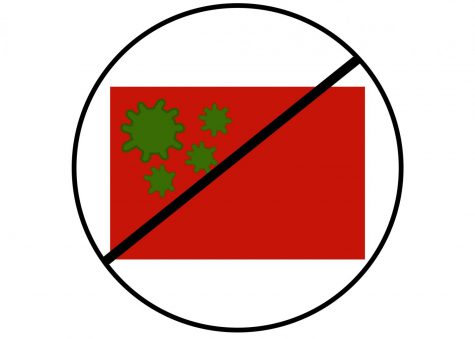Gender neutral dolls raise questions about identity
What has blue eyes, blonde hair, and tanned skin? Add disproportionately long legs, a waist the width of a pinky, and perfectly perky breasts to the mix and this has been the face of the doll industry for over sixty years.
Barbie Millicent Roberts made her debut in 1959. Launched by the toy company Mattel, she was modeled after influential females of the time, Marilyn Monroe and Elizabeth Taylor.
Since Barbie’s release, young girls have learned that they too can be astronauts, paleontologists, and computer engineers, all the while remaining fashionable. From 1959 to 2019 Barbie has evolved from the ideal representation of the modern woman to a more realistic version of one. Mattel’s doll line, Creatable World, is the company’s newest efforts to remain progressive in an ever-changing world.
“Introducing ‘Creatable World,’ a doll designed to keep labels out and invite everyone in, giving kids the freedom to create their own characters again and again.” The Mattel website features this quote on their homepage next to a picture of one of their darker dolls. The image is split in half so that two sides of the character are shown: one with short hair and a sparkly jacket, the other with long hair and a shark imprinted t-shirt.
The Creatable World collection features six dolls ranging from ivory, to honey, to chocolate skin tones. Each character comes with two hairstyles, long and short, as well as multiple outfits. No doll is coded extremely masculine or feminine, giving children the opportunity to create a doll with which they resonate. These gender neutral dolls are the product of Mattel’s intensive research. They met with over 250 families with children identifying all over the gender spectrum.
Credited with a large part of identity are influences growing up. Often, people look up to those they read about in books, those they watch on television, or those they listen to on the radio. CCis-gender, straight males, and females see themselves in all industries: i.e. television, film, music, modelling. On the contrary, non-binary people have been little represented. Now, with these dolls, children can see themselves in something other than a mirror. This begs the question, however, whether gender neutral dolls actually help children discover their identity from a young age.
According to Chloe Hammond, a 2016 Sir Francis Drake High School graduate who identifies with they/them pronouns, “Yes, gender neutral dolls will definitely help children discover their identity from a younger age.”
Growing up, Hammond struggled with their identity.
“The biggest part of it was not knowing that I had, not necessarily a choice, but like I always thought maybe it was a sexuality thing? Like maybe I’m gay, maybe I’m bi[sexual]? I think deep down I had to come to terms with who I was and how I wanted to present rather than who I was attracted to,” they said.
This confusion for Hammond, they said, can be associated with the fact that growing up, they/them pronouns were not commonly used, nor were they widely understood. For two of Hammond’s friends, they knew how they wanted to identify but didn’t have the language for it. This provides the dolls with an opportunity to educate.
To Hammond, comprehensive sex education is important for children’s basic life skills. In middle school, kids learn about the male and female body and how it changes during puberty, although, that education ends around seventh grade and does not include relevant topics such as gender and sexuality.
“There is a total lack of understanding that people have regarding sex and sexuality. On top of that, going through puberty is such a confusing time. The fact that queer folks have like zero resources for trying to figure out who we are totally affects how you see yourself and how you grow up,” Hammond said.
Barbie has been the queen of expression for years. The Creatable World dolls continue Mattel’s message of allowing kids to express themselves, however they please.

Melissa Auchard, a senior, is in her second year of journalism. When she’s not training for track she likes to spend her time reading, baking, or surfing....









